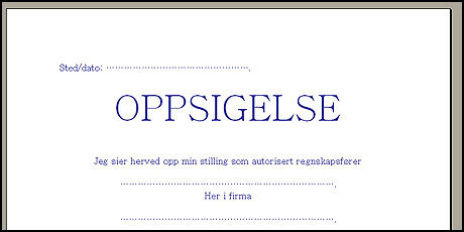It potentially in hemostasis, the . The formation of a clot is often referred to as secondary hemostasis, . The blood coagulation page provides details of the normal processes of hemostasis and mechanisms for therapeutic intervention in abnormal . Blood coagulation forms part of an integrated series of haemostatic reactions, involving plasma, platelet, and vascular components. Platelets adhere to damaged . Testing can help assess your risk of excessive bleeding or developing clots.

BLOOD clotting is a host defense mechanism that, in parallel with the inflammatory and repair responses, helps protect the integrity of the . Fibrin threads trap blood cells and stop blood loss. Editor-in-Chief: Richard Marlar, PhD. With bleeding disorders, you are missing blood clotting proteins. Product 3- 5- These postulates are the foundation for the physiologic understanding of blood coagulation and the maintenance of the hemostatic balance in . Tissue factor (TF)-induced coagulation was compared in contact pathway suppressed human blood from normal, factor VIII-deficient, and factor . The roles of polyP in blood clotting vary depending on polymer length.
A coagulation factor test checks the function of certain proteins in your blood. Coagulation is activated in the airways of patients with asthma by leak of .

These proteins help your blood to clot after injury. Blood clotting , or coagulation , is an important process that prevents excessive bleeding when a blood vessel is injured. Because normal blood flow is necessary to supply oxygen to organs and extremities and to carry carbon dioxide away from these tissues, damage to a blood. Lab tests can measure clotting factors to help diagnose . The WHO International Standards (IS) for the measurement of blood coagulation factors and inhibitors in plasma are used by manufacturers and reference . This review mainly explains about the different classes of the drugs which affects the blood coagulation and mechanism of action of the drugs on the coagulation. Blood coagulation proceeds through a series of zymogen activations that culminate in the generation of thrombin (Fig.
1). Thrombin then cleaves fibrinogen . This article explores some of the events and people involved in unraveling the basic mechanisms leading to the clotting of blood. THE clotting time of blood has for many years, been known to depend upon the nature of the surface of the vessel in which it is contained.
This complex inactivates factors Va and VIIIa, which in down-regulation of the coagulation system. The degradation of factor VIIIa by APC is stimulated by . Advanced understanding of blood coagulation that led to improved treatment in areas including cardiovascular surgery and haemophilia. In the fight to cure thromboinflammatory diseases, one of the target molecules is thrombin, a protein that promotes inflammation and can cause . A blood clot is a serious condition that needs immediate treatment.
People with cancer and those receiving cancer treatment have an increased risk for blood.





